In the remarkable world of insect adaptation, few creatures demonstrate survival capabilities as impressive as certain water beetles. These extraordinary insects have evolved the ability to remain submerged for extended periods, sometimes surviving underwater for months at a time without access to air. This remarkable feat of biological engineering challenges our understanding of respiration and survival mechanisms in the animal kingdom. From specialized breathing apparatuses to unique physiological adaptations, these underwater survivors showcase nature’s incredible ingenuity when faced with extreme environmental challenges.
The Diving Bell Beetle: Nature’s Submarine
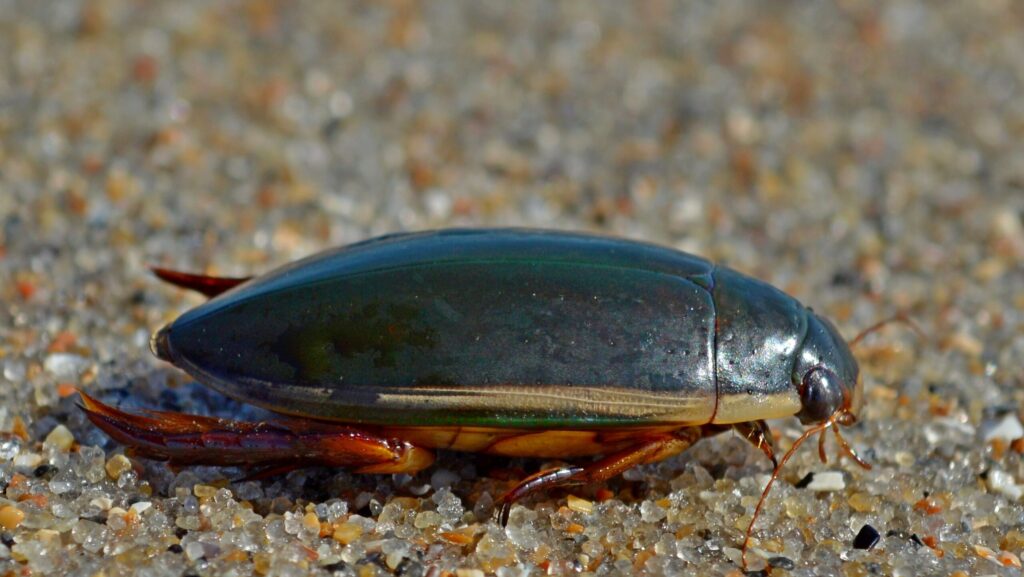
Among the most fascinating underwater insects is the diving bell beetle (Dytiscidae family), which has mastered an ingenious survival technique. This beetle creates an underwater air chamber by trapping a bubble of air beneath its wing covers, forming what scientists call a “physical gill.” This air bubble acts like a portable oxygen tank, allowing the beetle to breathe while completely submerged. What makes this adaptation truly remarkable is that the bubble isn’t just a static supply of oxygen – it actually extracts dissolved oxygen from the surrounding water through diffusion, continuously replenishing the beetle’s air supply. Some species can maintain these underwater air chambers for weeks or even months, conducting their entire lives beneath the water’s surface without ever needing to resurface for air.
Plasron Respiration: Breathing Through Surface Tension
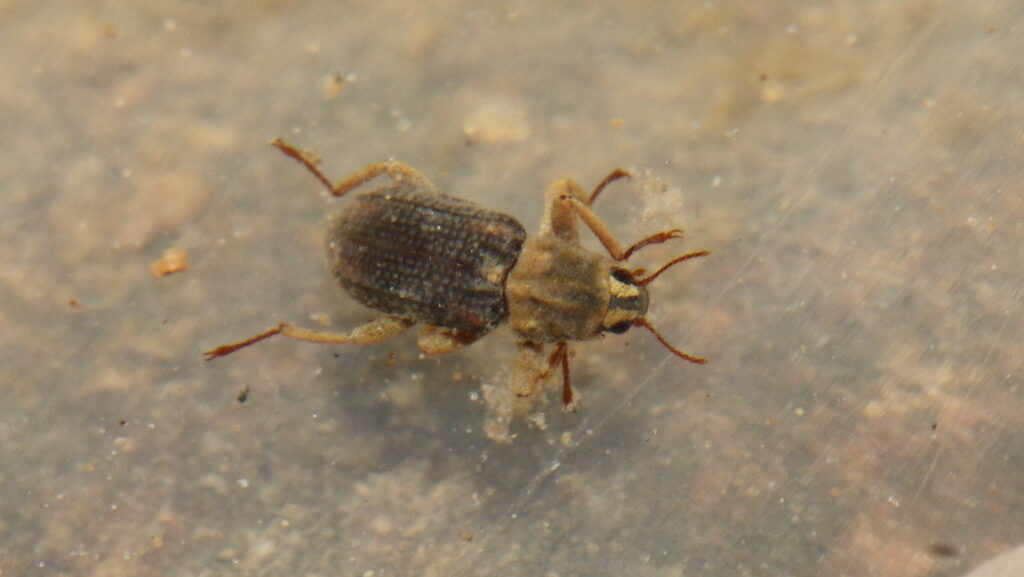
One of the most sophisticated adaptations for underwater survival is known as plasron respiration, utilized by beetles like the Elmidae family (riffle beetles). These insects are covered with hydrophobic (water-repellent) hairs that trap a thin layer of air against their bodies when submerged. This trapped air layer, called a plasron, functions as an external gill that allows oxygen from the water to diffuse into the air layer while carbon dioxide diffuses out. The plasron provides a renewable source of oxygen as long as the water contains sufficient dissolved oxygen. Some riffle beetles can remain submerged for their entire adult lives – potentially months or even years – without ever breaking the water’s surface, thanks to this remarkable respiratory system that essentially turns their entire body surface into a gill.
The Record Holder: Plastron Beetle
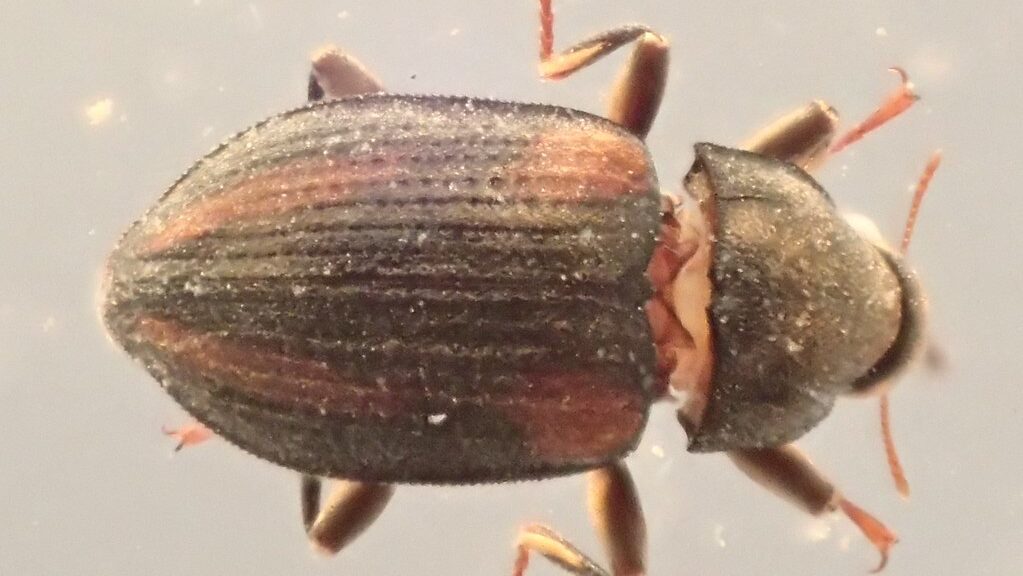
Among underwater insects, the title for longest submersion often goes to certain members of the Elmidae family, commonly known as riffle beetles. Laboratory studies have documented these beetles surviving continuous submersion for over a year without access to atmospheric air. Their specialized cuticle structure, covered with dense, unwettable hairs, creates an extremely stable plastron that resists collapse even under increased hydrostatic pressure. This adaptation is particularly valuable in flowing water environments where oxygen levels remain relatively high. Researchers studying these beetles have been astonished by their ability to conduct all normal life functions—including feeding, mating, and egg-laying—entirely underwater for such extended periods, representing one of the most successful adaptations to aquatic life among non-gill-bearing animals.
Metabolic Adaptations for Extended Submersion
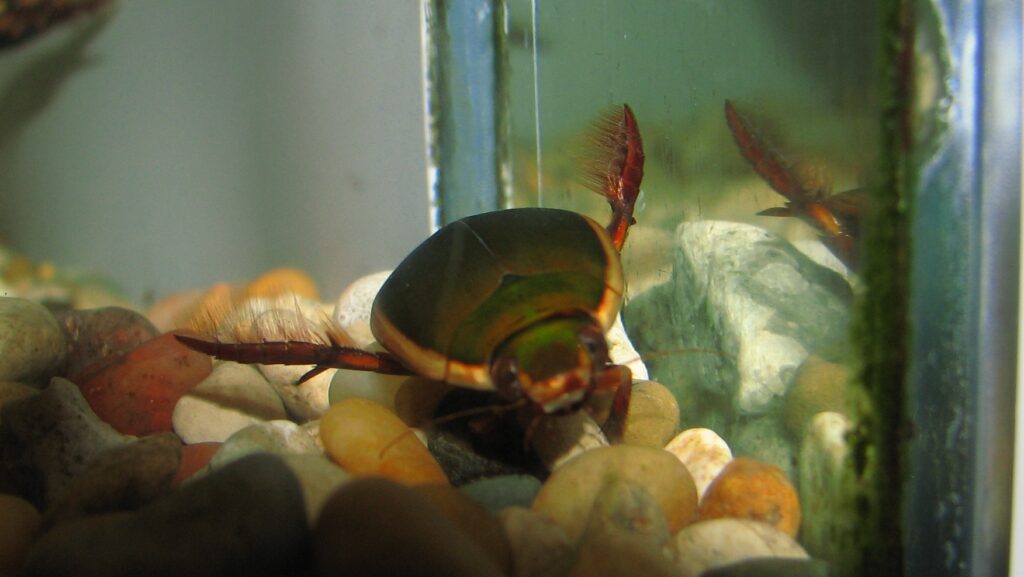
Beyond their external breathing apparatus, underwater beetles possess remarkable internal physiological adaptations that support extended submersion. Many species can dramatically lower their metabolic rates when necessary, reducing oxygen consumption to minimal levels during periods of stress or low oxygen availability. Their tissues may contain specialized proteins that bind oxygen more efficiently than those found in terrestrial insects, maximizing oxygen extraction from their environment. Additionally, some aquatic beetles have evolved alternative metabolic pathways that function under low-oxygen conditions, allowing crucial cellular processes to continue even when oxygen is scarce. These combined adaptations create an extraordinarily efficient system that minimizes energy expenditure while maximizing respiratory efficiency, essential factors for long-term underwater survival.
Anatomical Specializations of Underwater Beetles
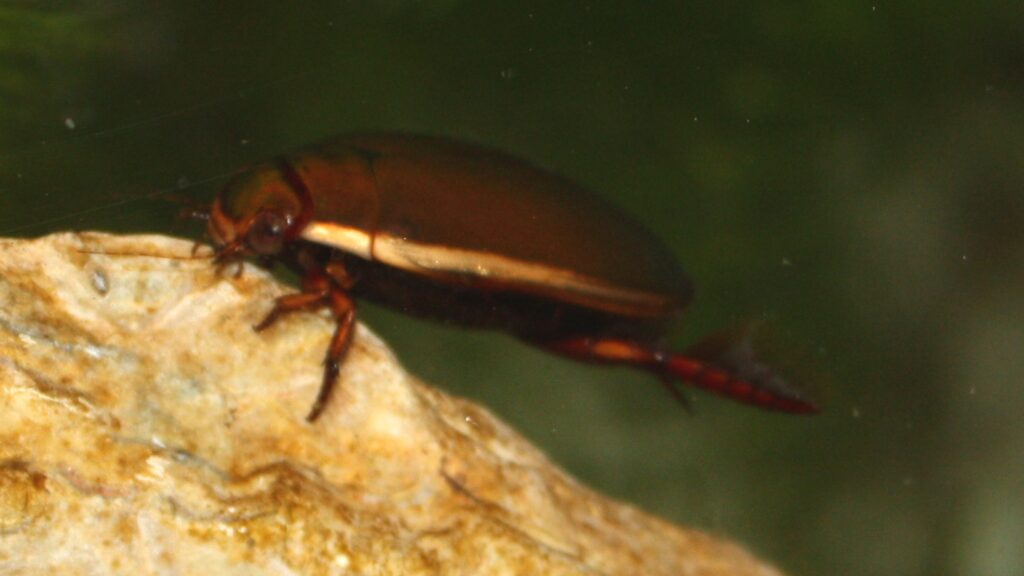
The bodies of long-term underwater beetles display remarkable anatomical specializations beyond their respiratory systems. Their exoskeletons are typically streamlined and hydrodynamic, reducing water resistance and making movement more energy-efficient. Many species have powerful swimming legs equipped with fringes of specialized swimming hairs that function like paddles or oars. Their antennae and sensory organs have adapted to detect chemical signals and prey movement underwater rather than in air. Even their digestive systems show specialization, with modifications that allow them to process underwater food sources more efficiently while minimizing waste production. These comprehensive body modifications represent millions of years of evolutionary pressure, resulting in creatures supremely adapted to their underwater ecological niches.
Lifecycle Adaptations: Underwater from Egg to Adult
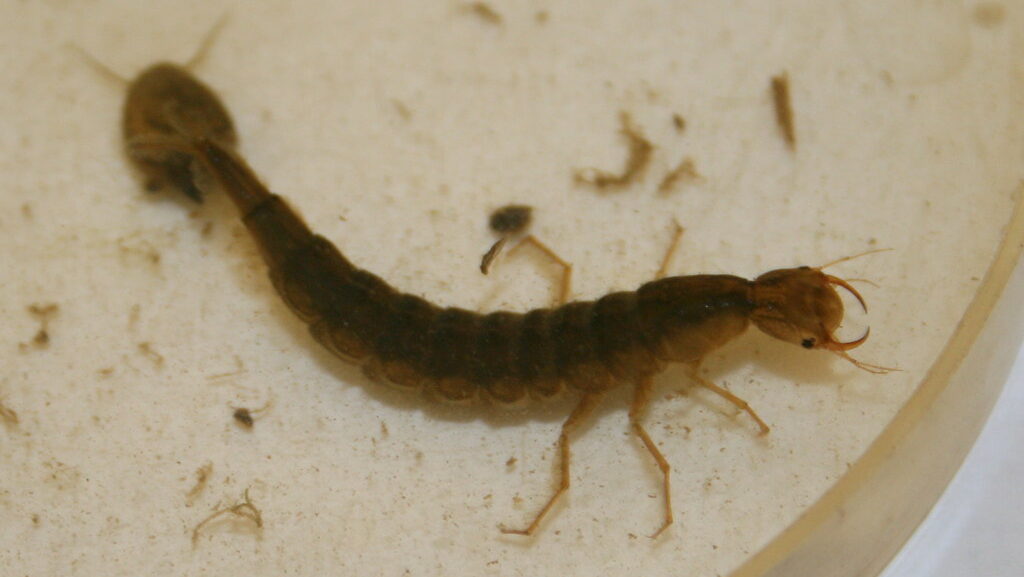
For many long-term underwater beetles, the entire lifecycle occurs beneath the water’s surface, representing a complete adaptation to aquatic environments. Females often lay eggs directly into aquatic vegetation or substrates, where they develop protected from terrestrial predators. The larvae that hatch are fully aquatic, often possessing external gills or specialized breathing tubes that allow them to extract oxygen from water. Unlike many aquatic insects that emerge onto land for their adult phase, these beetles undergo metamorphosis underwater and remain there through adulthood. This complete aquatic lifecycle represents an evolutionary commitment to underwater living that few other insect groups have made, eliminating the vulnerability associated with transitioning between aquatic and terrestrial environments.
Geographical Distribution and Habitat Preferences
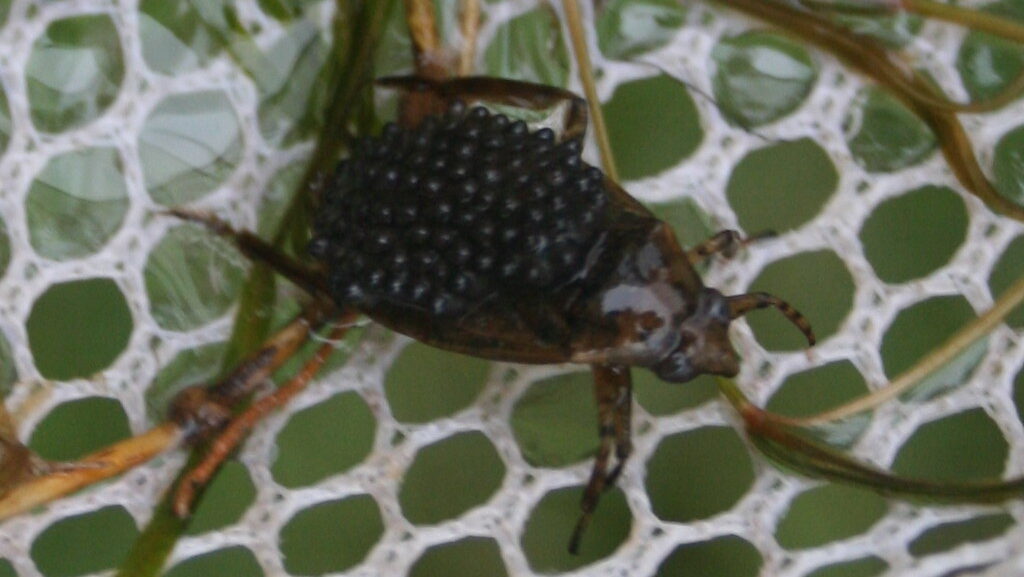
Long-term underwater beetles display fascinating geographical distribution patterns, found on every continent except Antarctica in a remarkable range of freshwater habitats. Some species prefer fast-flowing, oxygen-rich mountain streams, where their plastron breathing systems work most efficiently due to constant water movement. Others have adapted to life in temporary pools, developing the ability to survive seasonal drying by burrowing into mud or entering a state of suspended animation until water returns. Still others inhabit the margins of lakes, slow-moving rivers, or even specialized environments like thermal springs, where water temperatures can exceed 100°F (38°C). This worldwide distribution and habitat diversity showcases the extraordinary adaptability of these insects and their evolutionary success in colonizing nearly every type of freshwater environment available.
Defense Mechanisms Beneath the Surface

Surviving for months underwater requires not only respiratory adaptations but also sophisticated defense mechanisms against aquatic predators. Many underwater beetles secrete distasteful or toxic chemicals that make them unpalatable to fish and other potential threats. Some species have evolved extremely hard exoskeletons that resist crushing, even by predators with powerful jaws. Certain diving beetles possess powerful mandibles and can deliver painful defensive bites if threatened, while others rely on camouflage, mimicking submerged leaves or stones to avoid detection. Another common defense strategy involves playing dead when disturbed, remaining completely motionless until the threat passes. These multilayered defense strategies are crucial for long-term underwater survival, allowing beetles to focus on feeding and reproduction rather than constant vigilance against predators.
Feeding Strategies During Extended Submersion
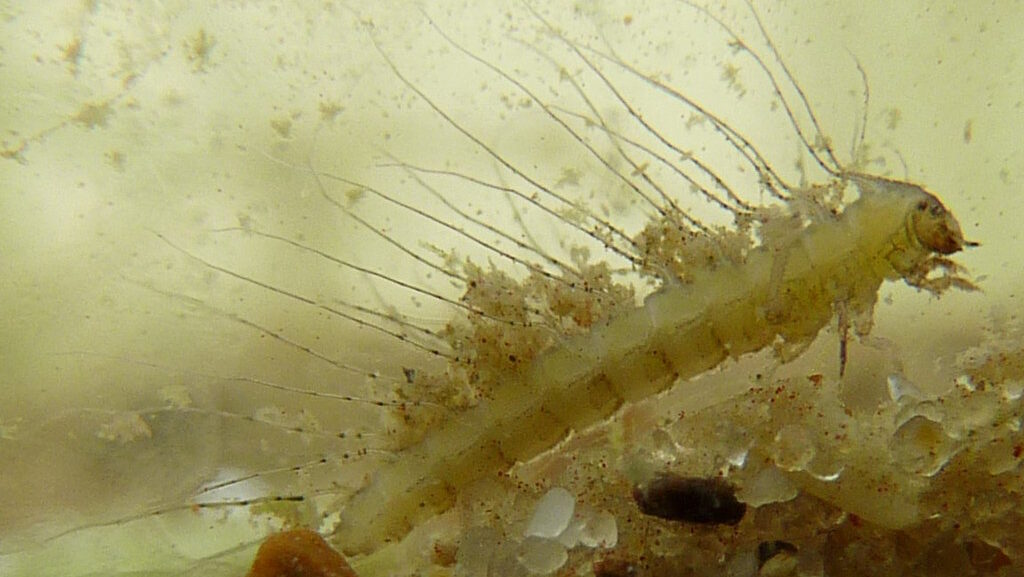
Long-term underwater beetles have developed diverse feeding strategies to sustain themselves during extended periods of submersion. Many species are predatory, hunting smaller aquatic invertebrates, insect larvae, or even small fish with remarkable efficiency. These predatory beetles typically possess specialized mouthparts that can inject digestive enzymes into prey, liquefying internal tissues for easier consumption underwater. Other species are detritivores, feeding on decomposing plant and animal matter on the substrate, playing crucial roles in nutrient cycling within aquatic ecosystems. Some riffle beetles are specialized algae scrapers, using brush-like mouthparts to remove and consume algal films from submerged rocks and vegetation. These varied feeding adaptations allow underwater beetles to exploit different food resources, reducing competition and enabling diverse species to coexist within the same aquatic habitats.
Surviving Environmental Challenges
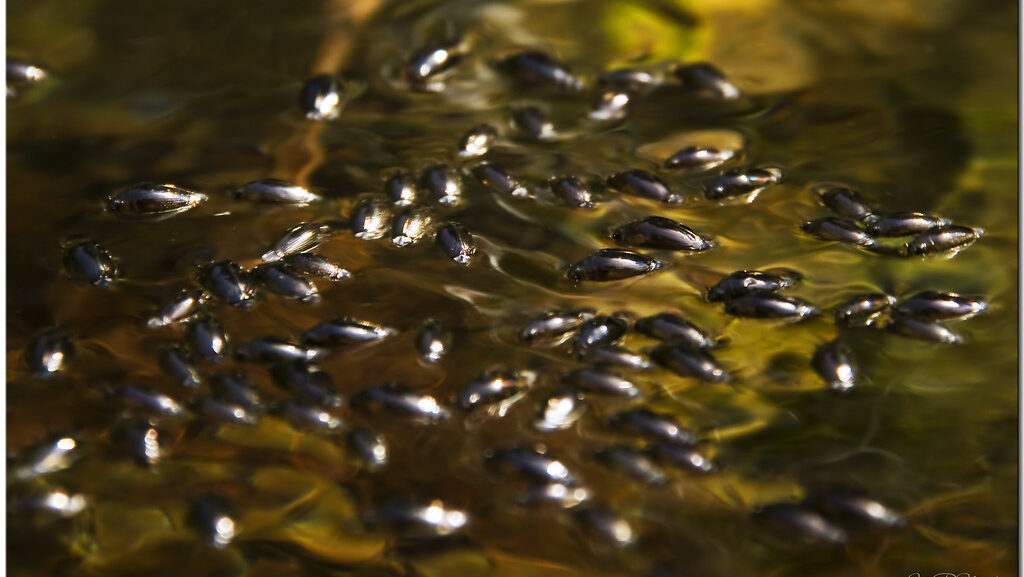
Beyond the basic challenge of breathing underwater, long-term submerged beetles must contend with numerous environmental stressors that would kill most insects. Many species can withstand extreme temperature fluctuations, from near-freezing conditions to the warmth of summer-heated shallow waters. Some have evolved remarkable tolerance to pollution and can survive in waters with low oxygen levels or even mild contamination that would be fatal to more sensitive aquatic organisms. Perhaps most impressively, certain species have adaptations for surviving drought periods when their habitats may dry completely, entering a state of dormancy within moist mud or plant debris until conditions improve. This environmental resilience explains why these beetles often serve as important bioindicators in water quality monitoring, as their presence or absence provides valuable information about ecosystem health.
Scientific Research and Technological Inspirations
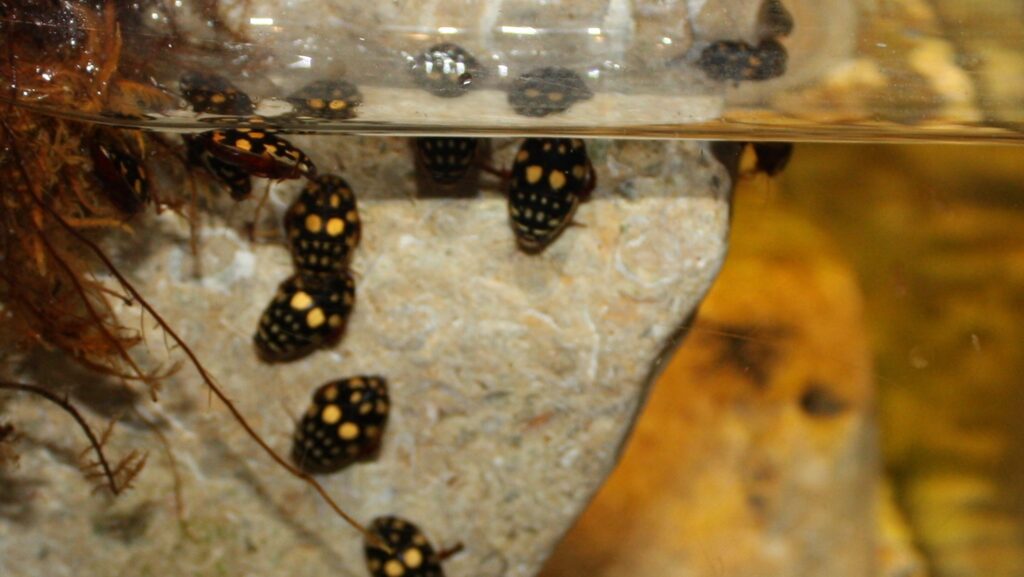
The extraordinary underwater survival capabilities of these beetles have attracted significant scientific interest, inspiring both biological research and technological innovation. Researchers studying the plastron respiration system have developed water-repellent fabrics and surfaces based on the microstructure of beetle cuticles, with applications ranging from waterproof clothing to ships’ hulls with reduced drag. The bubble-maintaining properties of diving beetles have influenced the development of underwater breathing apparatus and specialized diving equipment. In biomedical fields, studies of how these insects maintain cellular function under low-oxygen conditions are providing insights that could benefit treatments for stroke, heart attack, and other conditions involving oxygen deprivation. These beetles demonstrate how natural selection has already solved complex engineering challenges that human technology is still working to address, making them valuable models for biomimetic innovation.
Conservation Concerns and Ecological Importance
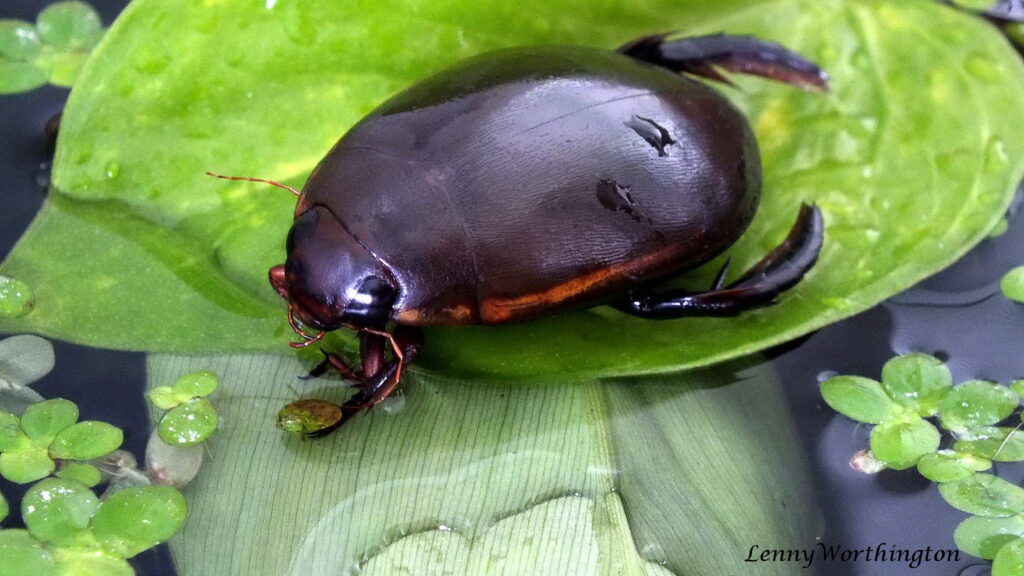
Despite their remarkable adaptations, many underwater beetle species face increasing threats from habitat destruction, water pollution, and climate change. Drainage of wetlands, channelization of streams, and chemical runoff from agriculture and industry have eliminated or degraded many of the specialized habitats these beetles require. As primarily freshwater organisms, they are particularly vulnerable to water quality degradation and habitat modification. Their ecological importance cannot be overstated, as they serve crucial roles in aquatic food webs, nutrient cycling, and as indicators of environmental health. Conservation efforts focused on preserving freshwater habitats and improving water quality benefit not only these remarkable insects but entire aquatic ecosystems. Scientists emphasize that many underwater beetle species likely remain undiscovered or unstudied, potentially taking unique adaptations to extinction before they can be documented or understood.
